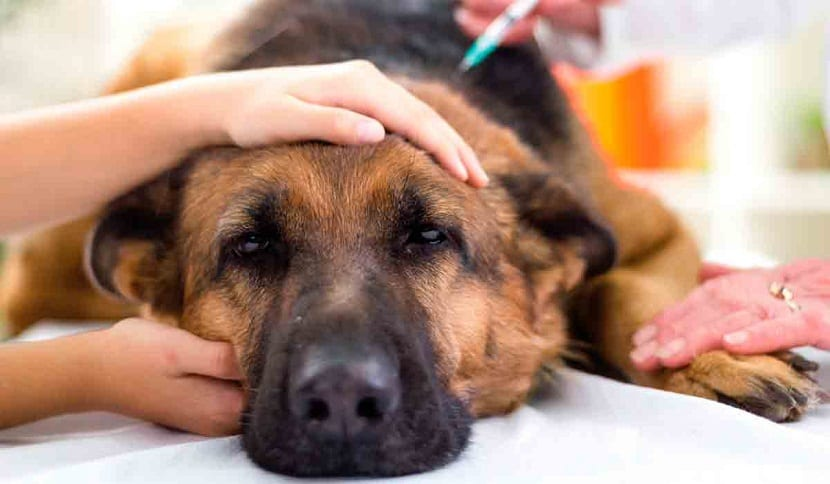High Intensity Laser therapy for Animals---Magical Light for Treating Pain Diseases
In human medicine, alleviating the pain caused by disease has developed into an independent discipline-pain therapy, but it has not yet been established in veterinary discipline. However, pain relief for animals is a common goal among veterinarians. With the wide application of lasers in animal medicine, veterinarians use this magical light to replace traditional medicines to help animals relieve pain, and conduct in-depth research on its treatment mechanism to bring animals a painless and comfortable treatment experience.
In order to achieve better therapeutic effects in clinical practice, veterinarians need to be proficient in the following operating techniques and understand the relevant precautions:
l Irradiation method: In clinical treatment, different laser irradiation methods need to be selected according to different conditions to achieve better therapeutic effects. When the animal suffers from muscle pain or joint pain and other diseases, the tender point irradiation method can be used to squeeze and massage the treatment part. For animals with neurological diseases, it can be irradiated along the direction of the nerve, or more nerve cells can be irradiated in a "Z" shape and a circle around the treatment site. Sometimes direct contact of the probe with the skin also increases pain, so non-contact irradiation is used.
l Irradiation time: In pain clinic, the length of irradiation time is not only related to time and efficiency, but also to the quality of curative effect. Laser irradiation has a stimulating effect on nerve endings, and prolonged stimulation can cause nerve fatigue. At this time, if the irradiation is continued, the activation of tissues and cells will be reduced, and the expected therapeutic effect cannot be achieved.
l Irradiation temperature: Temperature control is also very important in the laser treatment process. In the process of use, it is also necessary to appropriately adjust the laser power, irradiation time, and spot size according to the skin color of the animal's hair. These factors can affect the temperature of the skin when the laser is irradiated. Excessive temperature will cause burns on the surface of the animal body, the death of cells in the body, and cause unnecessary pain.
l Use of wavelengths: For pain diseases in different parts, it is necessary to select lasers of different wavelengths to ensure that the desired treatment can be reached when irradiated, and the desired treatment effect can be obtained. The effect of high power veterinary laser therapy treatment is determined by power and wavelength, and the optimal laser wavelength in tissue should be 650-1100nm.
Lunray's lunvet therapy laser uses four near-infrared wavelengths, including 650nm, 810nm, 980nm, and 1064nm at the same time, and has obvious therapeutic effects on the deep part of animal tissues, and the effect is more obvious in the cases of musculoskeletal pain diseases.
